The rear suspension on the Nissan X-Trail is spring, independent multi-link with double-acting telescopic shock absorbers and a torsion-type anti-roll bar.
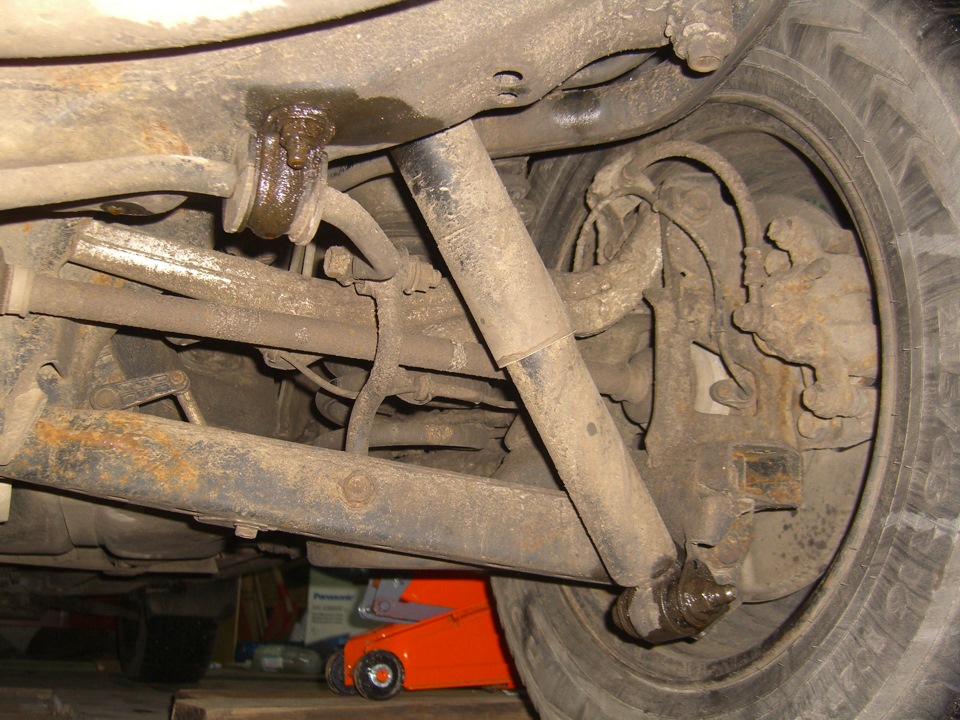
The rear arms are attached to the subframe and body through rubber-metal hinges (silent blocks).
Nissan X-Trail Rear Suspension Details:
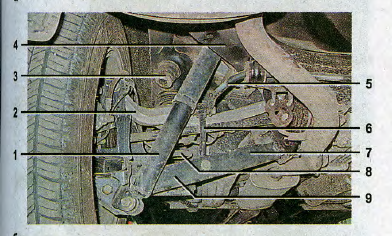
Back view
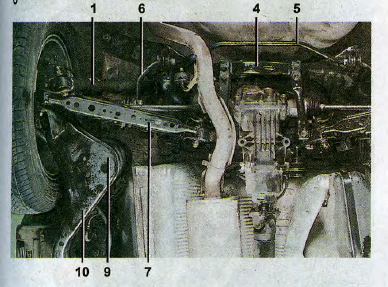
Bottom view
1 - rear shock absorber;
2 - upper transverse lever;
3 - compression stroke limiter (buffer);
4 - rear subframe;
5 - anti-roll bar;
6 - rear anti-roll bar;
7 - lower transverse lever;
8 - spring;
9 - lower spring cup;
10 - trailing arm.
Nissan X-Trail independent rear wheel suspension provides better handling and comfort for the driver and passengers.
A hub with a brake disc, a brake caliper and a parking brake mechanism are fixed on the trailing arm. Through silent blocks, the upper and lower wishbones are attached to it, which connect it to the subframe.
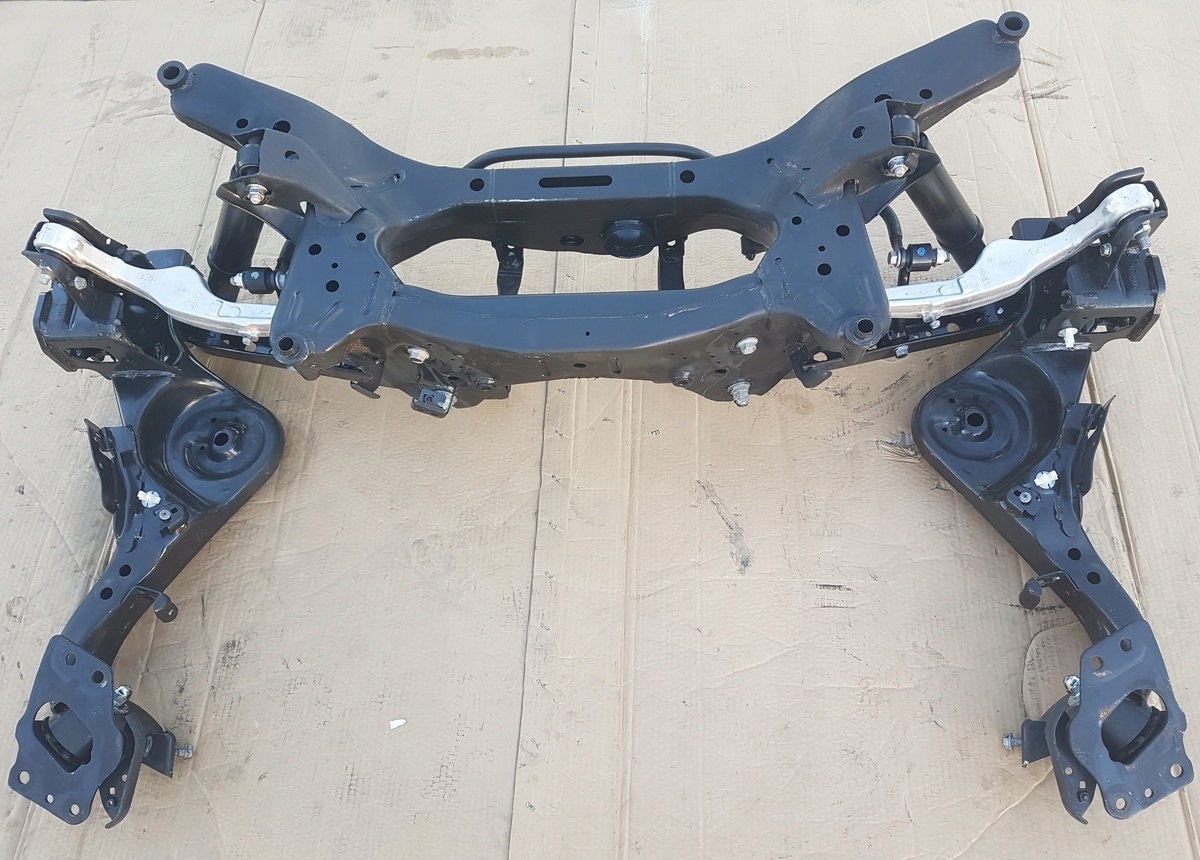
The trailing arm has a rigid box shape. Thanks to this shape, there is no need for a second trailing arm.
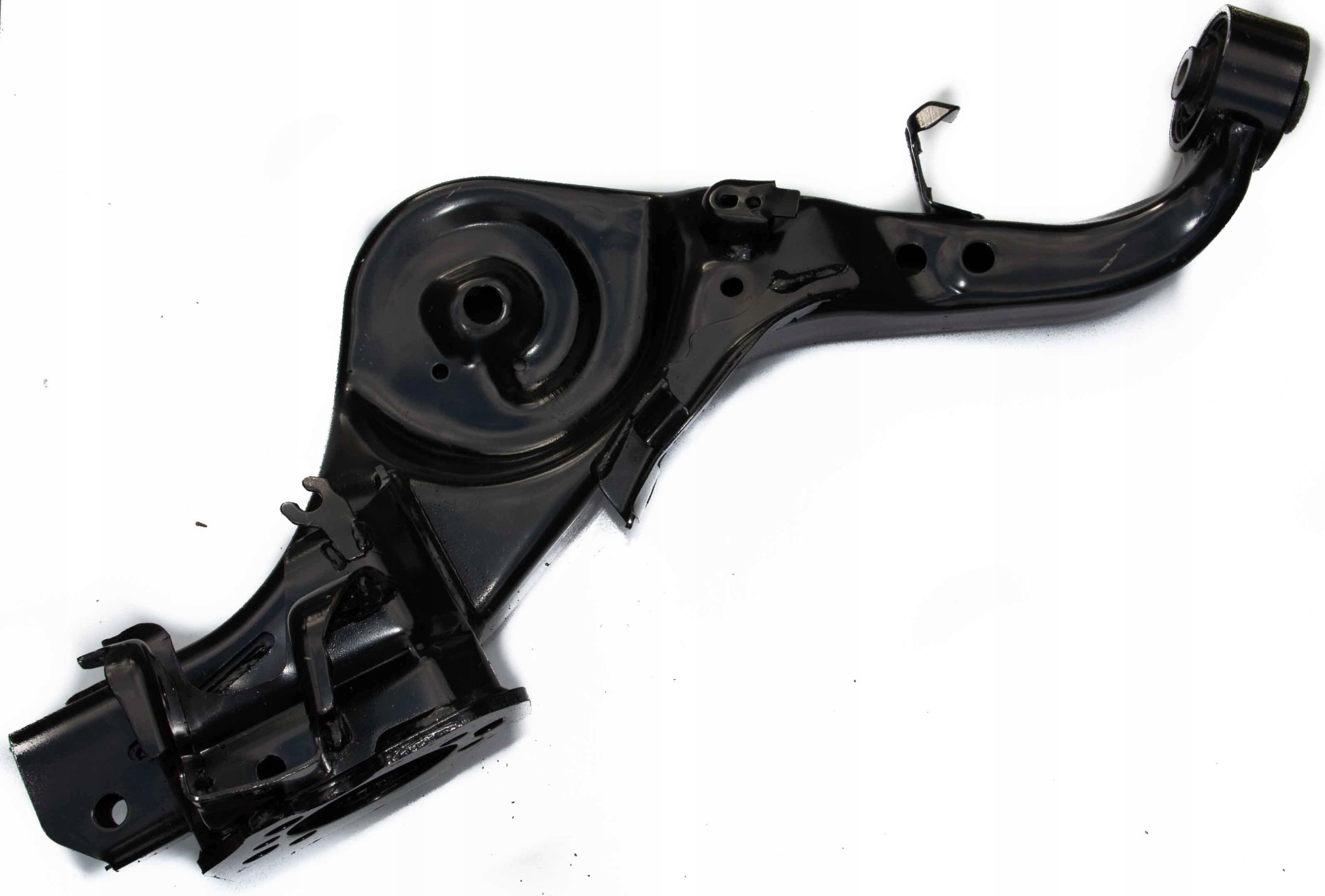
The hinges of the lower transverse (with which it is attached to the subframe) and trailing arms (attached to the body) have eccentrics. By turning the eccentrics, you can change the position of the rear wheel relative to the body, in this way adjust the wheel alignment angles.
Shock absorbers are attached to the brackets on the trailing arms to the body through silent blocks.
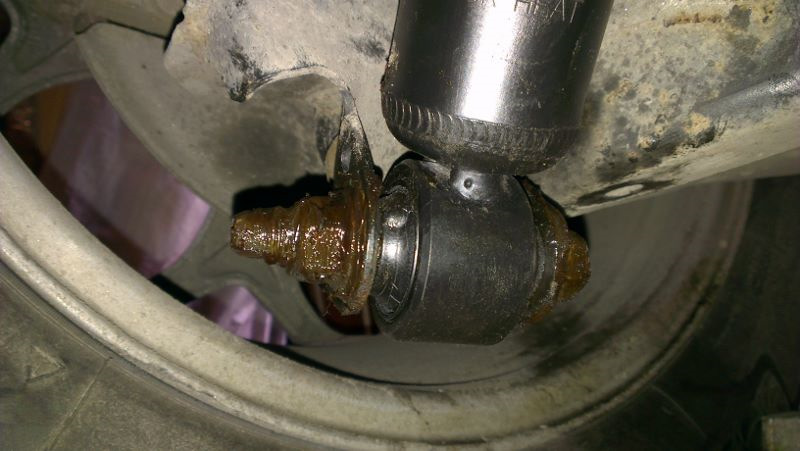
A protective cover is installed on the rear shock absorber rod. It prevents dirt and dust from entering the shock absorber rod.
The compression stroke limiter (buffer) is located on the bottom of the body.
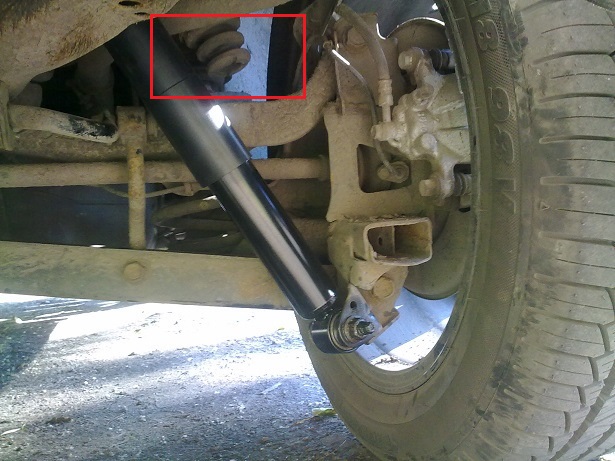
The springs of the rear suspension are twisted, cylindrical. They are installed separately from the rear shock absorbers.
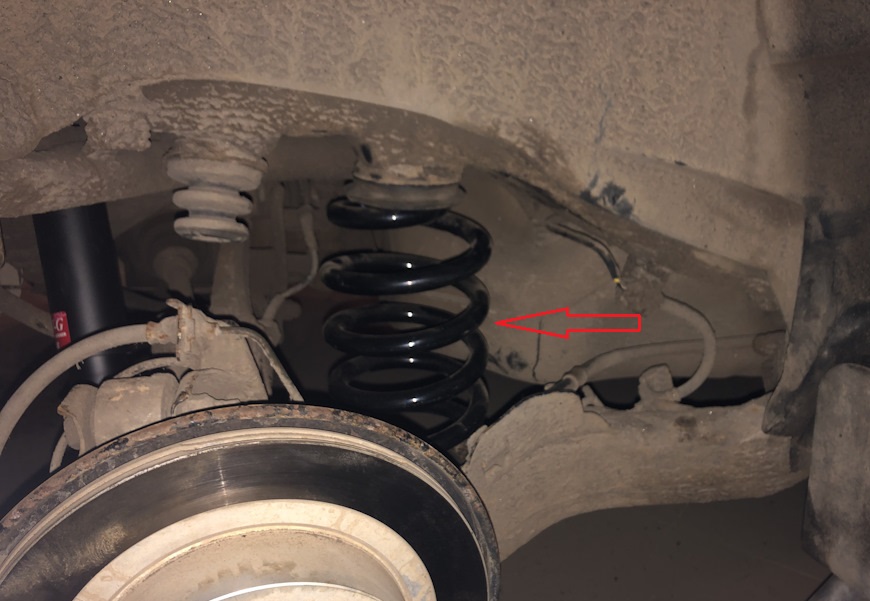
Their support cups are mounted on trailing arms and underbody.
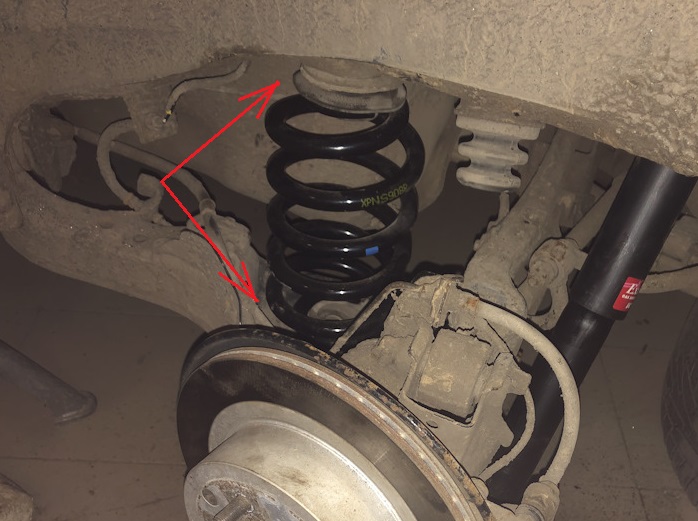
The anti-roll bar of the Nissan X-Trail rear suspension is attached to the rear subframe through rubber bushings.
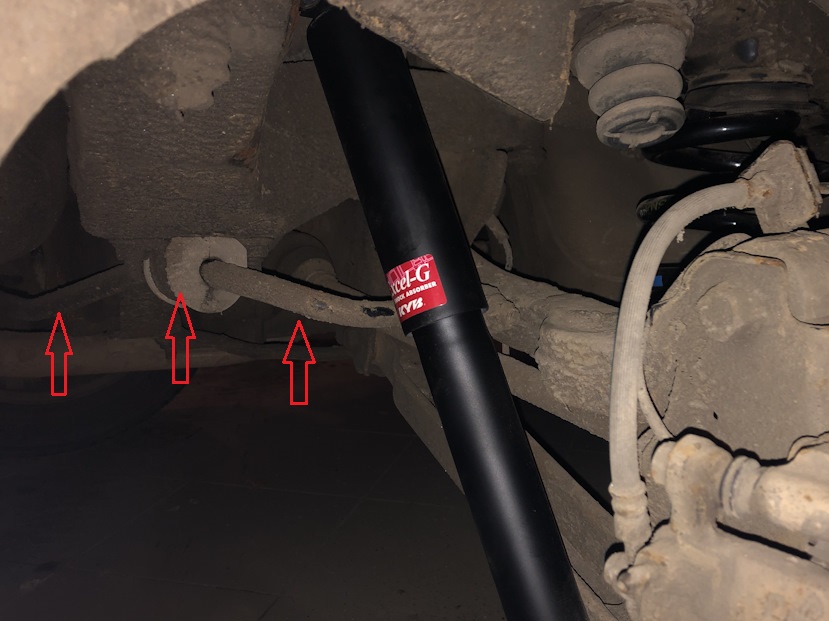
It is connected to the lower wishbones through racks.
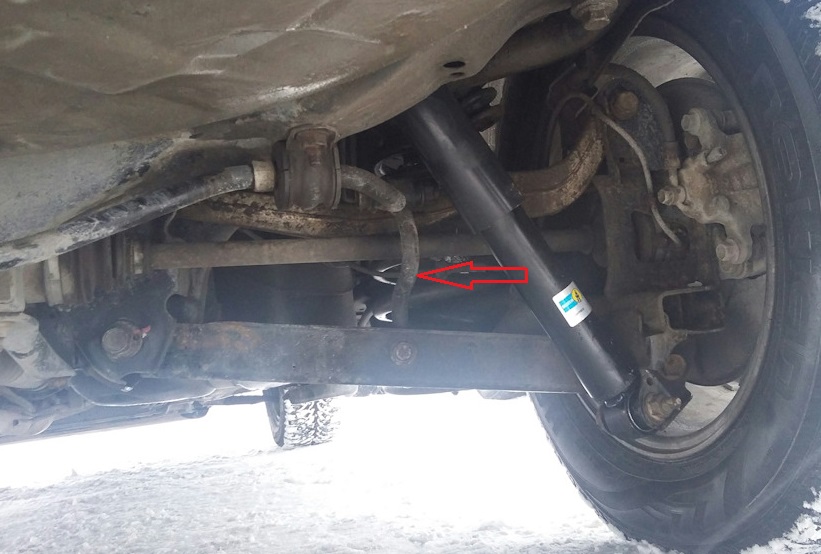
Source: carpedia.club
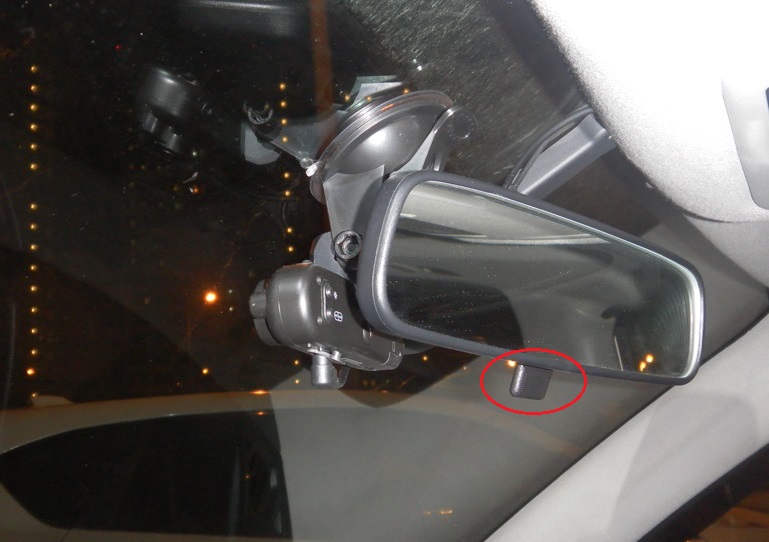
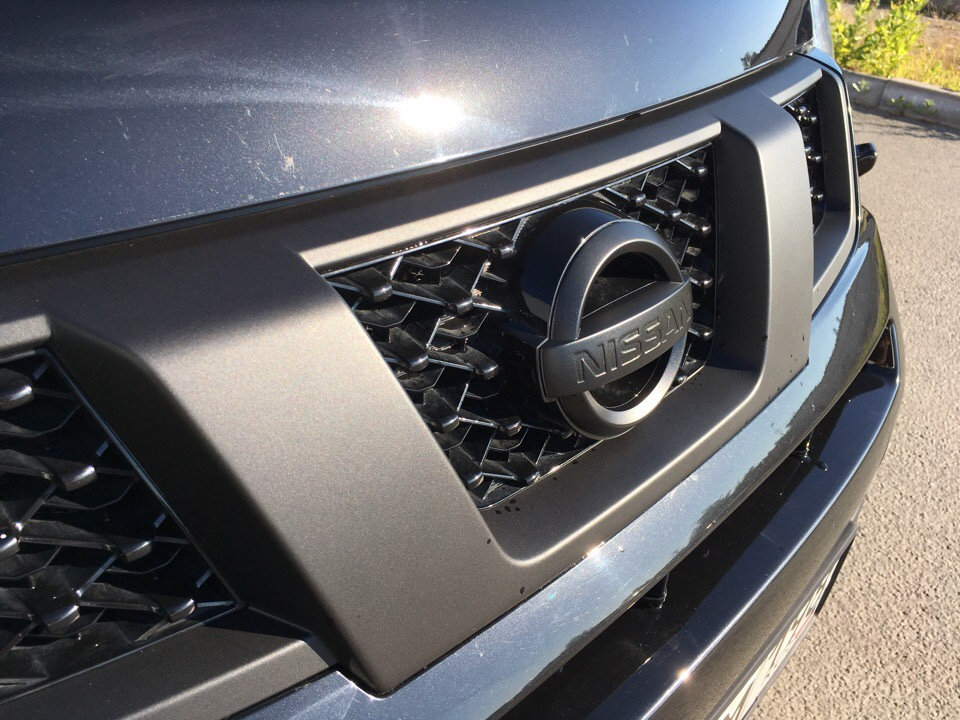
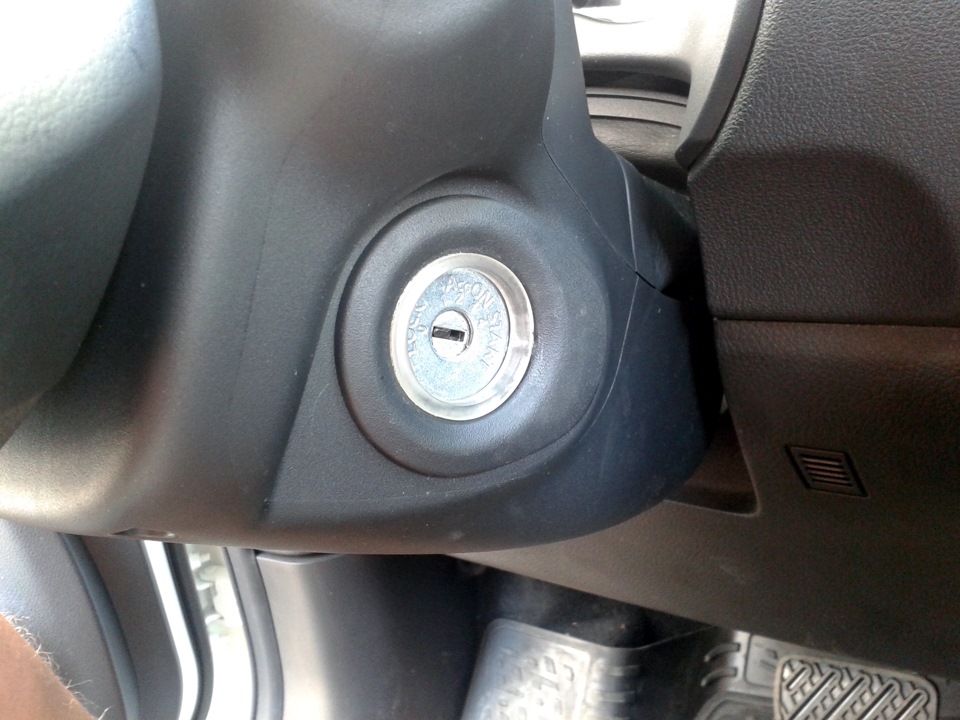
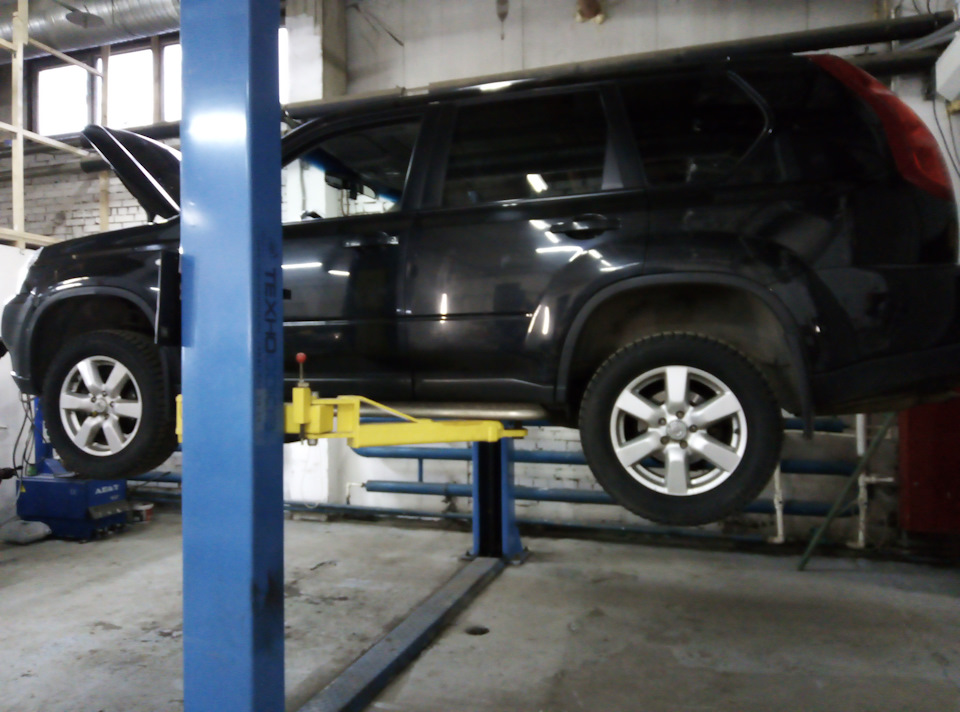
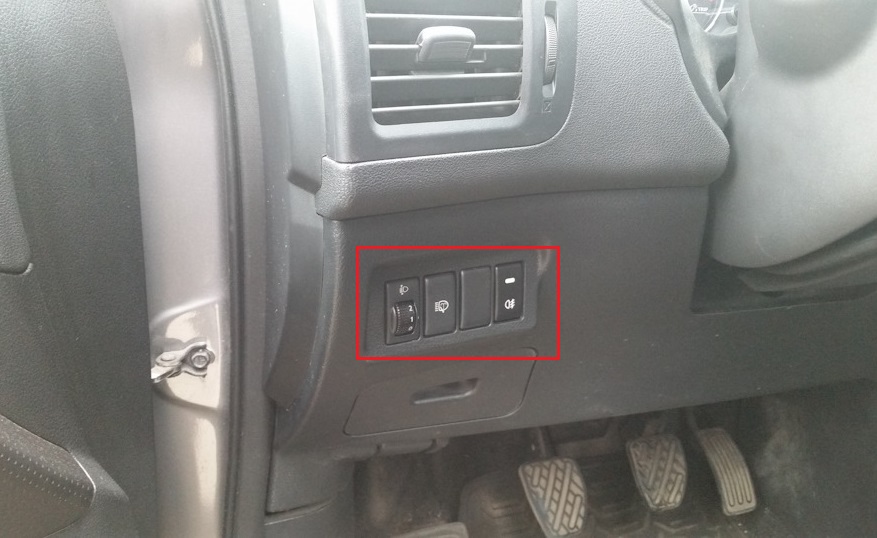
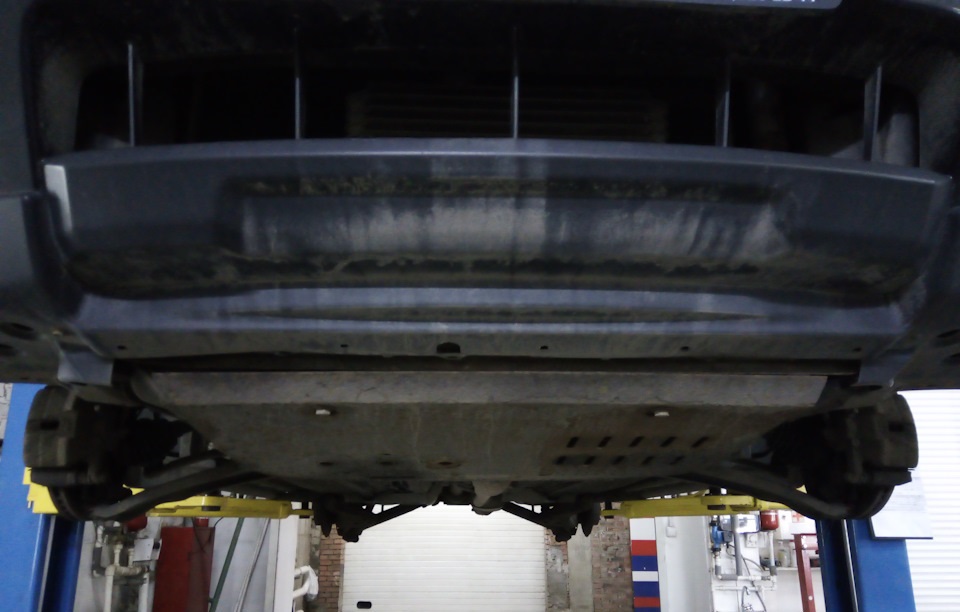
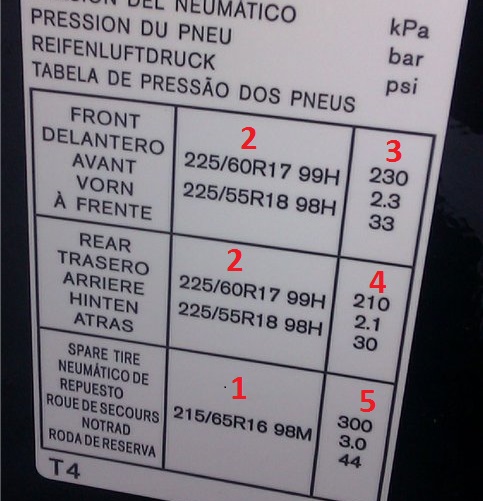

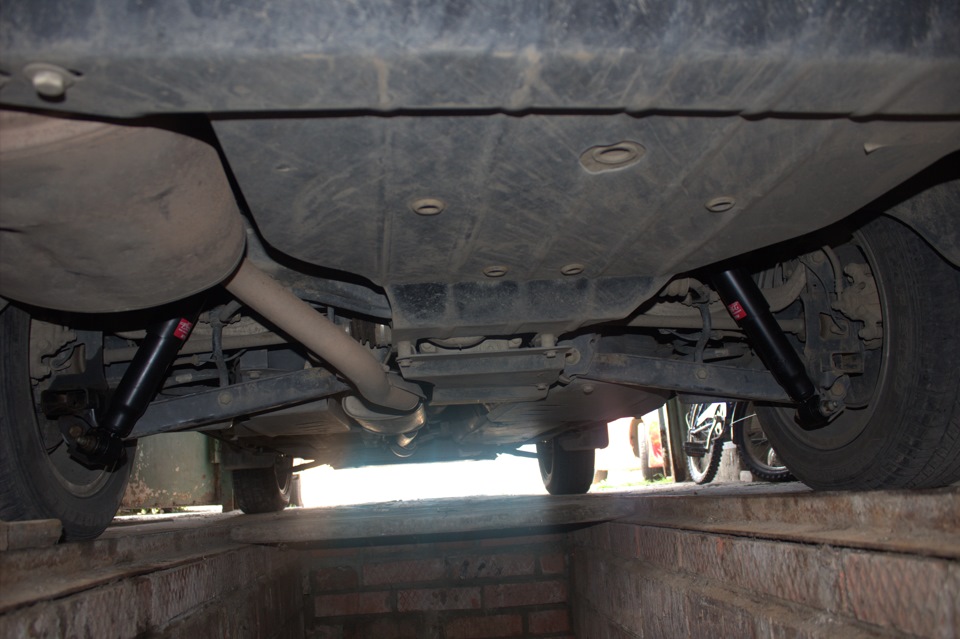
![T31 [2007 - 2011]](/uploads/-_2009.jpg)
